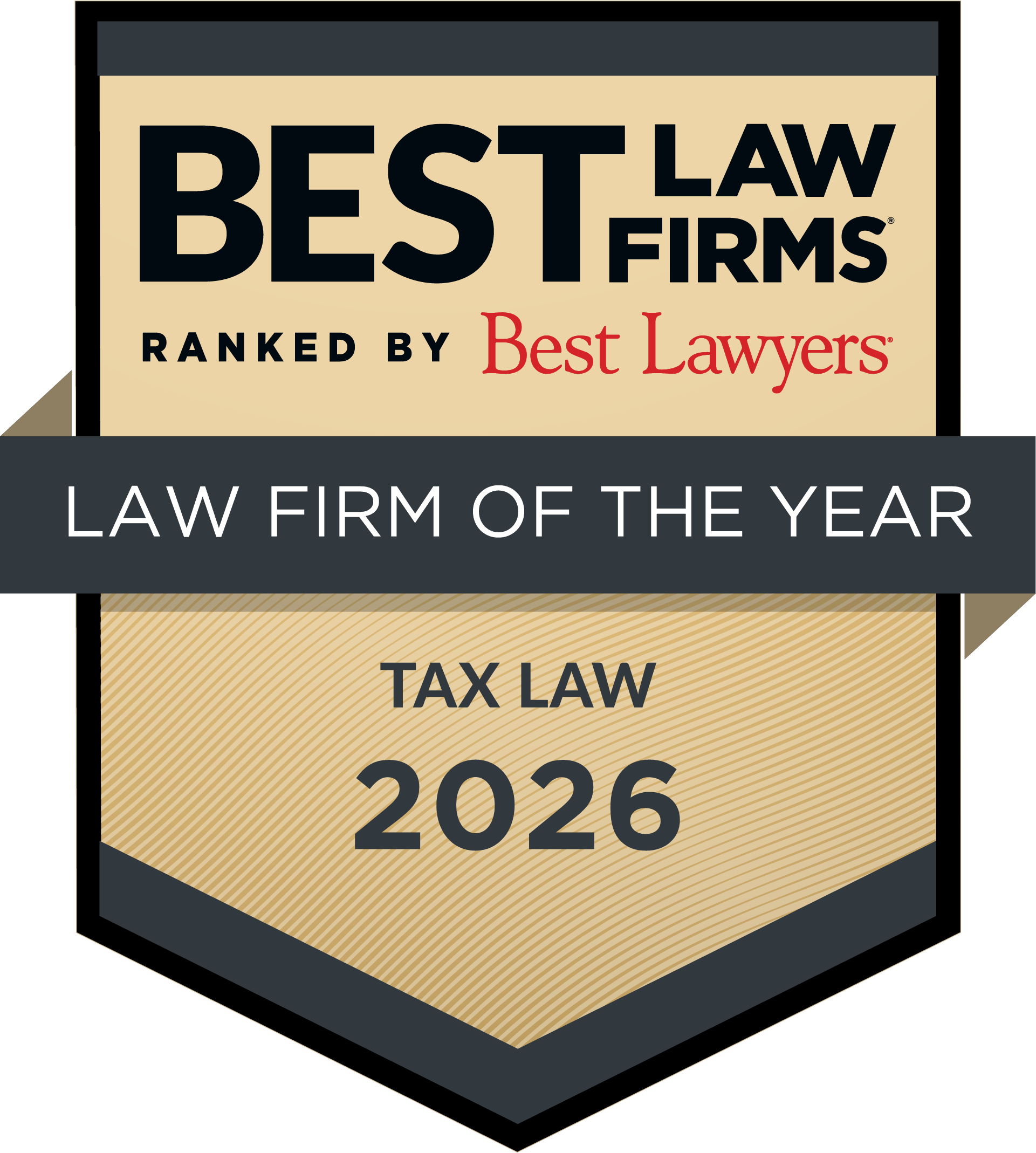The New York Legislature has passed bills related to the 2015–2016 budget (S2009-B/A3009-B and S4610-A/A6721-A, collectively referred to herein as the “Budget Bill”) containing several significant “technical corrections” to the New York State corporate income tax reform enacted in 2014, along with sales tax provisions and amendments to reform New York City’s General Corporation Tax. The Budget Bill’s technical corrections to last year’s corporate income tax reform include changes to the economic nexus, tax base and income classification, tax rate (including clarifications to rules applicable to certain taxpayers, such as qualified New York manufacturers), apportionment, combined reporting, net operating loss and tax credit provisions. The technical corrections are effective on the same date as last year’s corporate income tax reform, which was generally effective for tax years beginning on or after January 1, 2015.
This post is the first in a series analyzing the New York Budget Bill, and summarizes the technical corrections to New York’s economic nexus provisions.
The New York Tax Law provides that a corporation is subject to corporate income tax if it is “deriving receipts from activity in [New York].” A corporation is deemed to be “deriving receipts from activity in [New York]” if it has $1 million or more of receipts included in the numerator of its apportionment factor, as determined under the Tax Law’s apportionment sourcing rules (New York receipts). Furthermore, a credit card company is deemed to be doing business in New York if it has issued credit cards to 1,000 or more New York customers; has contracts covering at least 1,000 merchant locations; or has at least 1,000 New York customers and New York merchant locations. The Tax Law also has special rules (aggregation rules) for corporations included in combined reporting groups. This year’s Budget Bill slightly modified those aggregation rules.
Under the Tax Law as originally amended by last year’s corporate income tax reform, if a corporation did not meet the $1 million threshold itself, but had at least $10,000 of New York receipts, the $1 million test was to be applied to that corporation by aggregating the New York receipts of all members of the corporation’s combined reporting group having at least $10,000 of New York receipts. Similarly, a credit card corporation that did not meet the 1,000 customer and/or merchant location threshold by itself, but had at least 10 New York customers, at least 10 New York merchant locations or at least 10 New York customers plus merchant locations, would have been subject to tax in New York if all members of its combined reporting group with 10 such customers and/or locations, on an aggregated basis, had at least 1,000 New York customers, 1,000 New York merchant locations or 1,000 New York customers plus merchant locations.
As a result of the technical corrections, the $1 million New York receipts and 1,000 New York customers/merchant locations aggregation tests now apply to a corporation that is part of a unitary group meeting the ownership test of Tax Law section 210-C (more [...]
Continue Reading
read more



 Subscribe
Subscribe



